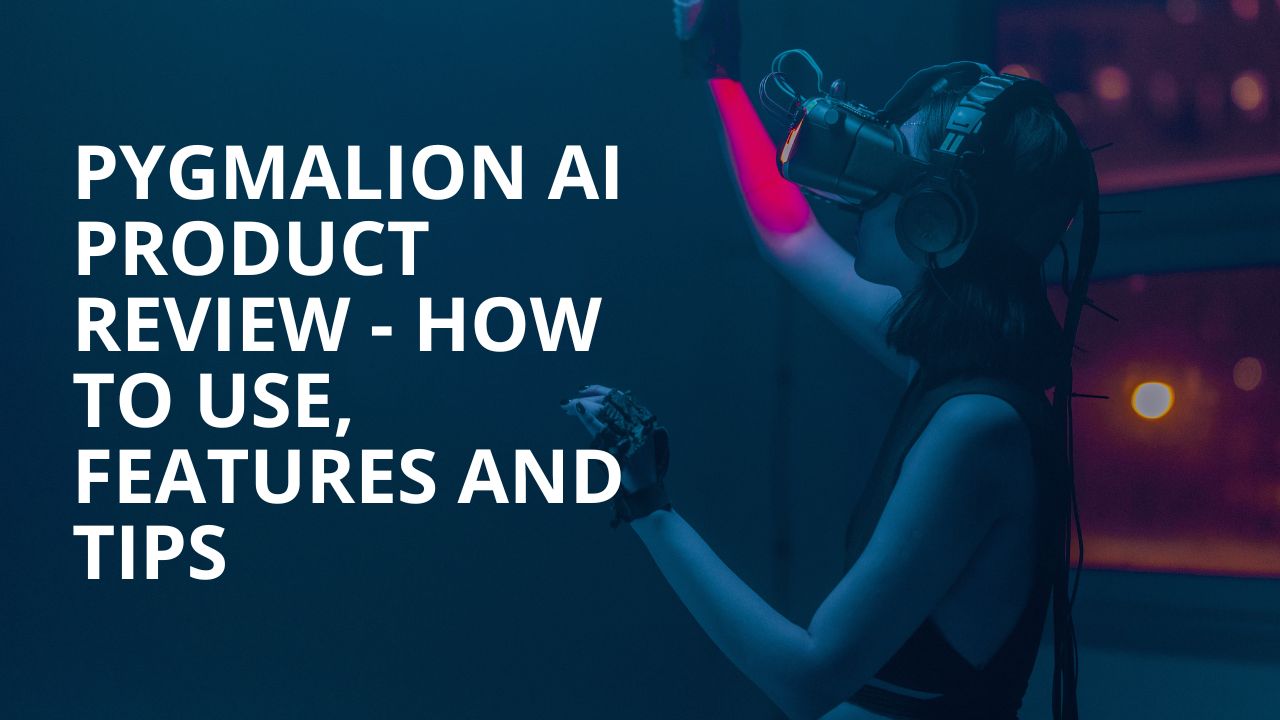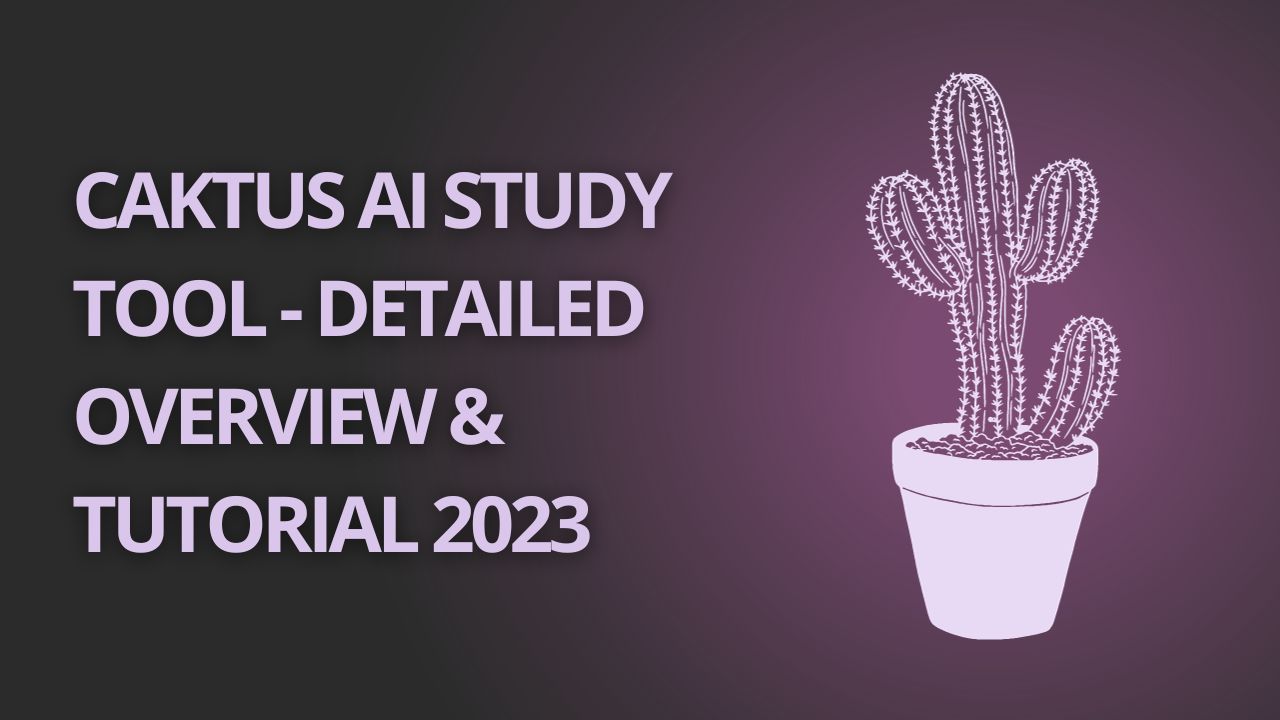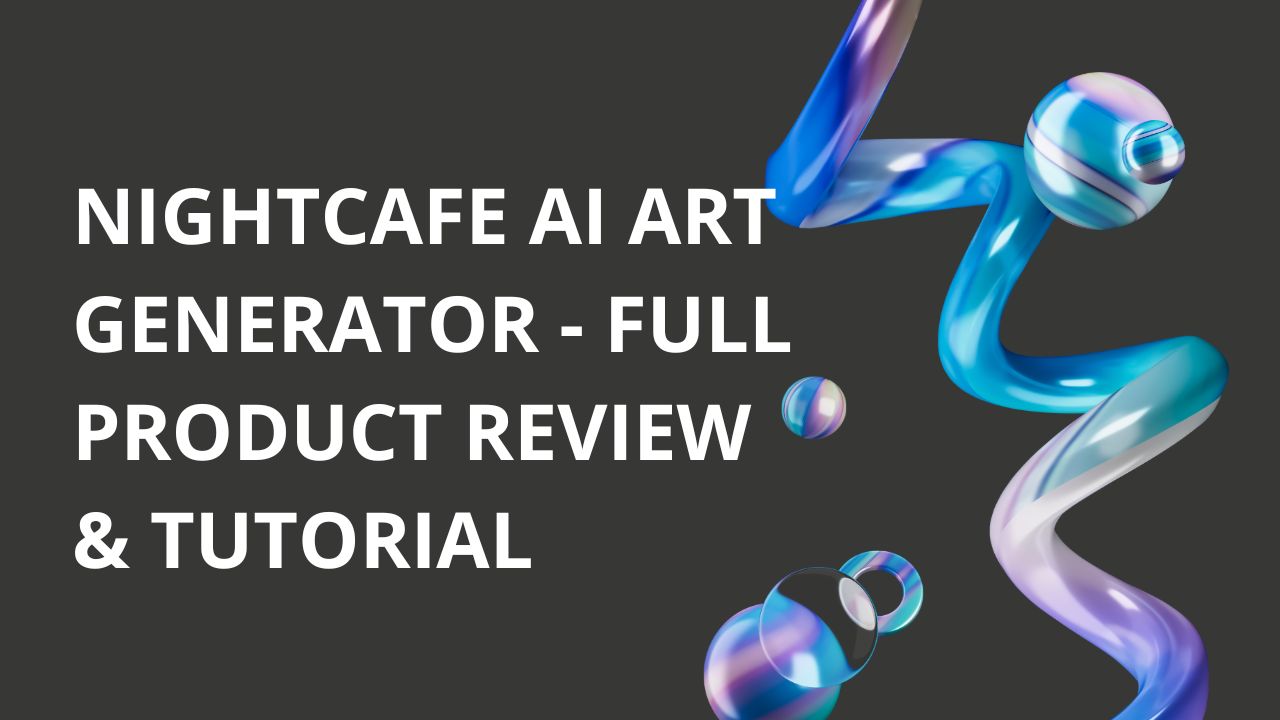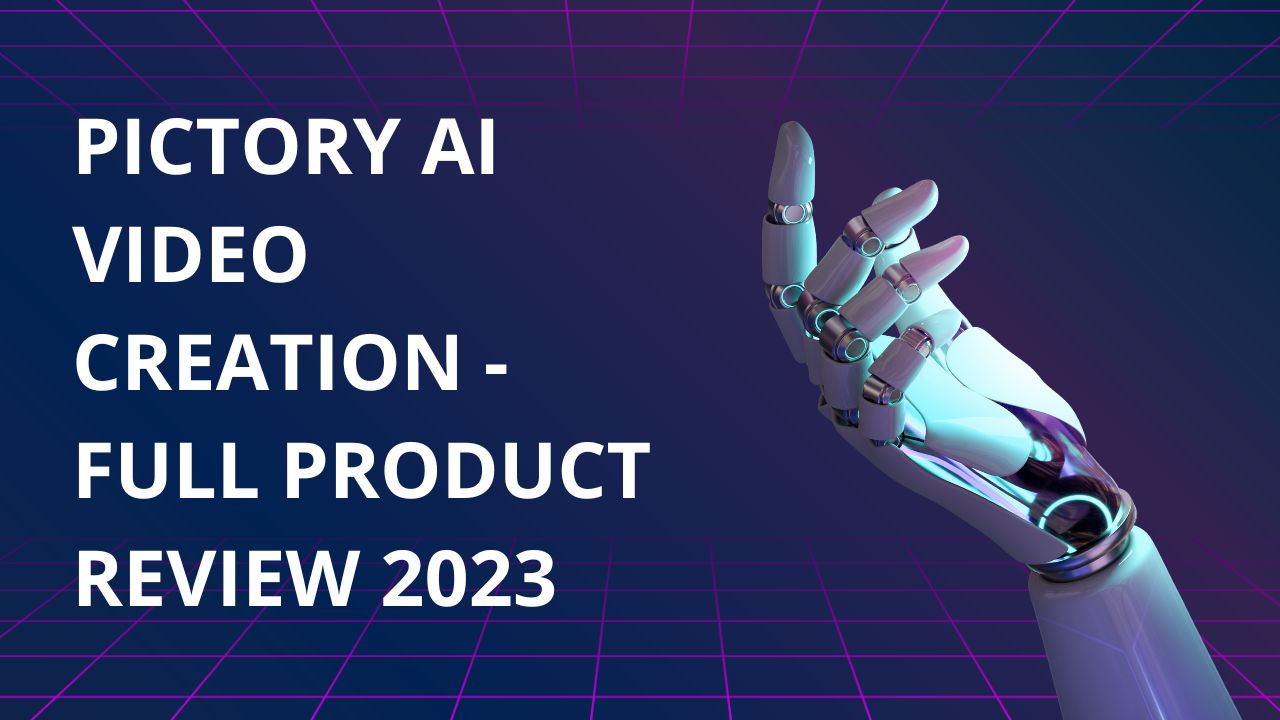What is Pygmalion AI?
Pygmalion AI is a cutting-edge chatbot development platform that seamlessly integrates advanced Artificial Intelligence and Natural Language Processing technologies. Pygmalion AI empowers you to craft dynamic and intelligent chatbots tailored to your specific needs. At the heart of Pygmalion AI is the current 7B model, a masterpiece derived from Meta AI’s renowned LLaMA model.
Pygmalion AI stands out for its remarkable efficiency – it’s remarkably light on resource requirements while delivering impressive chatbot performance. Whether you’re in the realm of gaming or any other industry, Pygmalion AI offers a versatile solution with a high-quality dataset that’s particularly well-suited for role-playing games.
Is There a Connection Between Pygmalion AI and the Pygmalion Effect?
The Pygmalion Effect, a fundamental concept in social psychology, suggests that one person’s expectations can impact the behavior of another individual. In essence, if you anticipate someone to achieve success, that individual is more likely to excel.
In the realm of artificial intelligence, particularly within chatbots like Pygmalion AI, intriguing parallels can be drawn to the Pygmalion Effect:
Managing User Expectations
When users engage with a chatbot, they carry specific expectations. These expectations can encompass intelligence, affability, helpfulness, or responsiveness. Much like the Pygmalion Effect in social psychology, these preconceived notions can exert a substantial influence on the quality of the interaction. When user expectations are met, it often results in a more favorable user experience. Conversely, unmet expectations may lead to a less satisfactory interaction.
The Learning Process
Another facet where the Pygmalion Effect manifests in AI is the machine learning process. AI systems “learn” from the data they receive, and this data can be substantially shaped by user expectations and behavior. For instance, if users anticipate a more human-like conversational style from the AI and accordingly engage with it, the AI may adapt to this desired manner of communication.
The Self-Fulfilling Prophecy
Yet another correlation with the Pygmalion Effect can be observed in the development and enhancement of chatbots and AI systems. If developers firmly believe and expect their system to evolve and improve, they are more likely to invest greater efforts in optimizing the system, introducing new features, and rectifying issues. In this regard, the developers’ expectations can contribute significantly to the AI system’s success.
Pygmalion AI Top Features
Explore the main features of Pygmalion.ai:
Trend Analysis and Niche Identification
Pygmalion AI possesses the remarkable ability to analyze trends across diverse domains. It can sift through vast datasets to pinpoint emerging niches and market events. This empowers users to craft content that is not only timely but also highly relevant to their target audience.
Tailored Social Media Content Generation
Pygmalion AI Bot is your key to creating optimized text and media content tailor-made for popular social media platforms like Facebook, Instagram, and Twitter. Elevate your social media presence with content designed to captivate and engage your audience, extending your reach and impact.
Enhanced Chat and Role-Playing Conversations
In comparison to conventional Large Language Models (LLM), Pygmalion AI stands out by offering more advanced chat and role-playing conversations. Its interactions are characterized by a natural, realistic conversational style, all while demanding significantly fewer resources, ensuring an efficient and resource-friendly experience.
Open Source Customization
Pygmalion AI champions an open-source philosophy, providing companies with the freedom to modify both the model and its associated code. This adaptability allows for the integration of AI into diverse projects and even redistribution, tailoring the technology to meet specific needs.
Continuous Updates for Peak Performance
Pygmalion AI remains at the forefront of AI advancement through regular updates. These updates involve training the model with the latest data, ultimately enhancing its performance. Users benefit from staying current with the ever-evolving landscape of AI research and technology, harnessing the most recent developments to their advantage.
Programmer’s Ultimate Resource
Pygmalion AI serves as a valuable resource for programmers, offering assistance in tasks such as Python code creation. Users can seek specific coding solutions, identify errors in their code, and access code examples. Furthermore, the Pygmalion AI Model provides guidance on code implementation, drawing from its extensive knowledge of various Python libraries and frameworks, enabling programmers to find the right approach with ease.
How to Use Pygmalion AI
There is a step-by-step guide on how to use Pygmalion.ai:
Pygmalion AI Setup
- Start by downloading the Pygmalion AI notebook from the official GitHub repository.
- Ensure you have the necessary tools in place, including Python and a C toolchain, to facilitate the installation process.
- Execute the notebook to install Pygmalion on your computer.
- Once the installation is complete, you can initiate Pygmalion AI locally on your CPU-powered computer. Note that GPU-powered setups may require different installation instructions.
Creating Characters
Pygmalion AI offers the flexibility to either chat with existing characters or create new ones to contribute to the community. To create characters within Pygmalion AI, follow these steps:
- Launch the AI Character Editor.
- Choose the “Create new character” option or load an existing character.
- Select the Pygmalion format from the supported formats list.
- Populate the character with relevant information by filling in the provided fields.
- Enhance the character’s appeal by adding an image using the “Add Image” button.
- Save your character by clicking the “Save” button, which will export it in JSON format.
It’s important to note that the creation of characters is typically done in supported formats such as JSON or character card image files, which can be produced using third-party tools like the AI Character Editor.
Adhere to Pygmalion AI Guidelines
While engaging with Pygmalion AI, it’s essential to adhere to the platform’s guidelines to ensure a respectful and productive environment. Here are the key guidelines to follow:
- Read Terms of Use: Start by familiarizing yourself with the platform’s terms of use to understand the extent of support offered by the AI. Please note that access to the platform is restricted to individuals aged 16 and over.
- Respect Users: Treat fellow users and the AI model with kindness and respect. Discrimination, hate speech, harassment, and insults are strictly prohibited.
- Use AI Responsibly and Ethically: Avoid disseminating false information, spam, or inappropriate content. Refrain from engaging in illegal activities, such as sharing copyrighted material.
- Maintain Privacy: Respect the personal information of other users and avoid disclosing confidential data, including financial information.
- Verify Information: Be aware that AI responses may not always be flawless. Cross-verify information through other reliable sources when necessary.
- Commercial Usage: Unless explicitly allowed, refrain from utilizing Pygmalion AI for commercial purposes or advertising.
- Data Privacy: Do not share sensitive personal data, such as ID numbers, account information, or addresses via the AI.
- Report Abuse: In the interest of fostering a secure community, report any suspicious or abusive behavior to the appropriate authorities. Your cooperation ensures a safe and productive environment for all users.
Tips for Using Pygmalion AI Effectively
We have prepared a list of 13 valuable tips to simplify your Pygmalion.ai user experience.
Max_new_tokens and Prompts
Keep the max_new_tokens parameter at the default value of 196. This parameter determines the amount of new text to generate but setting it too high may lead to errors or crashes.
Your prompts significantly affect the output. If you desire a more detailed response, provide long and descriptive prompts. Crafting these prompts can be essential for guiding the AI character.
Character Introduction
For longer responses, a descriptive character introduction is important. If it provides a detailed character background, it signals to the AI that longer responses are appropriate.
Character Persona Description
Keep the character persona description concise, ideally around 10 keywords. The AI has limited memory, and a more detailed character description reduces the memory available for the conversation or story.
Ensure the character’s personality traits are accurately set as the AI may not possess detailed knowledge of character lore. Focus on shaping the responses and interactions to match the character’s personality.
Initial Responses
In the early stages, the first 7 or so responses are crucial. Regenerate responses in this phase to find the best ones. Be patient; the AI’s performance improves with time and fine-tuning.
Character Name Influence
Some users have reported that the character’s name can influence how the AI responds. Experiment with different names and observe how they affect the tone and coherence of the conversation.
W++ Markup Language
W++ is a personality and memory markup language used to enhance character descriptions. While not mandatory, some users have found it helpful in fine-tuning the AI’s understanding of the character. It allows you to compress character info efficiently into minimal memory (tokens).
Response Style Examples
One or two chat examples can help the AI understand your desired response style. These examples serve as templates for how the character should respond. You can create your own or use cAI-generated examples.
Exploring Different Front-Ends
Explore different front-ends for Pygmalion AI, such as Kobold, Tavern, and others. Different front-ends may offer unique features and interfaces that better suit your preferences.
Memory Management
Be mindful of memory limitations when composing longer scenes or conversations. Add short scene descriptions to the character persona box when needed, then remove them when no longer relevant to free up memory.
Stick with One Character
Focus on fine-tuning and developing a single character before creating multiple ones. The longer you work with a character, the better the AI becomes at understanding and emulating their responses.
Save Your Progress
If you’re using Google Colab, save both the character and chat history JSON files regularly. Colab instances can drop unexpectedly, and having these files ensures you can resume where you left off.
Running Pygmalion Locally
Running Pygmalion locally is possible with various front-ends, and it can offer more control and stability. Tutorials are available to help set up local installations.
Understanding the Differences
Pygmalion AI is open source and uses a smaller, generic model compared to well-funded chat AI models. It may not have as much pre-existing knowledge, but it provides control and privacy over your chats.
These tips should help you use Pygmalion AI more effectively, navigate potential limitations, and fine-tune the AI’s responses to create the desired character interactions or stories. Remember that Pygmalion AI is continually evolving, and patience and experimentation will yield better results over time.
Pygmalion AI Alternatives
Wondering about other options in the world of AI chatbots? Let’s explore some alternatives to Pygmalion AI that offer unique features and functionalities.
NovelAI
NovelAI is a platform that leverages AI to assist writers and storytellers in content creation. It specializes in generating creative text, including stories, writing prompts, and character dialogues. It provides inspiration and support for those looking to enhance their writing skills.
Kajiwoto
Kajiwoto is an interactive storytelling chatbot that immerses users in text-based adventures. Users can engage with fictional characters, create their own stories, and experience dynamic narratives. It’s a unique platform for those who enjoy collaborative storytelling.
ChatFAI
ChatFAI is a conversational AI platform suitable for chat applications, customer support, and interactive dialogues. It offers advanced chatbot capabilities, allowing businesses to engage with customers, answer queries, and provide assistance in a conversational manner.
Chai AI
Chai AI is designed for text-based conversations and interactions. It’s versatile and can be customized for various applications, including personal assistance, entertainment, and more. Chai AI’s AI chatbot is known for its natural language understanding and responses.
AI Dungeon
AI Dungeon is an AI-powered interactive text-based game. Users can engage in limitless adventures and storytelling by providing input, and the AI generates creative and dynamic narratives in response. It’s a playground for imaginative and interactive storytelling.
Cleverbot
Cleverbot is a long-standing AI chatbot known for its conversational abilities. It engages users in chat and is designed to provide engaging and witty conversations. Cleverbot adapts its responses based on the context of the conversation, making it an entertaining and responsive chat partner.
Replika
Replika is an AI chatbot focused on personal development and companionship. It encourages users to engage in reflective conversations, offering emotional support and encouragement. Replika is designed to enhance well-being and personal growth.
FreedomGPT
FreedomGPT is an AI model designed for content generation and chat applications. It assists users in creating human-like text and content. It’s a versatile tool for content creators, writers, and businesses seeking AI-powered assistance in various text-related tasks.
ChatGPT
ChatGPT, similar to Pygmalion AI, is a conversational AI model that excels in engaging users in natural and interactive conversations. It’s adaptable for a wide range of applications, from chatbots to customer support and creative content generation.
My AI Friend – Virtual Chatbot
My AI Friend is a virtual chatbot designed to provide users with a friendly and entertaining virtual companion. It engages users in casual conversations, offering companionship and light-hearted interactions.
Anima: Virtual AI Friend
Anima is a virtual AI friend and chatbot platform focused on enhancing users’ emotional well-being. It provides companionship and emotional support, engaging in conversations to help users feel more connected and uplifted. It offers a range of conversational experiences tailored to users’ emotional needs.
FAQs
What is Pygmalion AI, and what does it offer?
Pygmalion AI is a chatbot development platform with a focus on unfiltered and customizable AI conversations. It offers a unique approach to creating AI characters and stories.
Does Pygmalion AI offer AI Characters?
Pygmalion AI does not include a feature to directly create characters within the application. Instead, users can generate characters using third-party tools in compatible formats, such as JSON or character card image files, and subsequently import these characters into Pygmalion.
Are there different front-ends for Pygmalion AI, and why should I explore them?
Yes, various front-ends are available, each offering unique features and interfaces. Exploring different front-ends allows you to find the one that best aligns with your preferences and workflow.
Is Pygmalion AI suitable for storytelling and role-playing purposes?
Yes, Pygmalion AI is designed for creating AI characters and interactive narratives, making it suitable for storytelling and role-playing.
Can I use Pygmalion AI for creative writing and storytelling projects?
Pygmalion AI is well-suited for creative writing and storytelling, offering the flexibility to create and interact with AI characters and generate narratives.
How does Pygmalion AI compare to other AI chatbot platforms?
Pygmalion AI stands out for its unfiltered nature and open-source approach, giving users control over their AI interactions and content.
What are the potential limitations of Pygmalion AI?
Pygmalion AI may have limitations in terms of existing knowledge and understanding compared to larger, well-funded chat AI models. Users may need to invest time in fine-tuning and character development.
Can I use AI chatbots for commercial purposes?
The guidelines for using AI chatbots may vary, but it’s generally recommended not to use them for commercial purposes unless explicitly allowed. Review the terms of use for specific platforms for more information.











